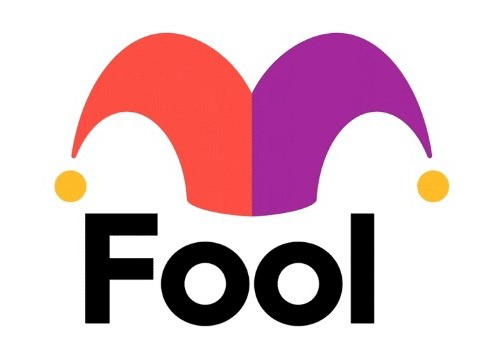When it comes to saving for college, a 529 plan has been the go-to for many people. Rightfully so, too. A 529 plan allows parents, grandparents, guardians, or other loved ones to put money into a tax-advantaged account to invest, (ideally) grow, and use it for qualified education expenses, such as tuition, books, and other relevant fees.
Although money in 529 plans is intended to be used for college, there’s always a chance that someone decides against going that route. Unfortunately, this presents a problem because there are penalties for using money in 529 plans for non-educational expenses. Until now, that is.
Thanks to a new rule from the IRS, up to $35,000 in unused funds in a 529 plan can be rolled over into a Roth IRA per beneficiary in a lifetime. This allows families to use unused funds to help further their beneficiary’s retirement savings. Let’s take a look at how it works.

Image source: Getty Images.
Who is eligible to roll over their excess 529 plan funds?
To be eligible for a Roth IRA rollover, the 529 account must have been opened for at least 15 years.
Contributions you plan to roll over must have also been made to the 529 account at least five years prior. For example, if you have $20,000 you’d like to roll over, but $8,000 of those contributions were made within the past five years, you’d only be eligible to roll over $12,000.
If you meet both qualifications, you’re eligible to roll over funds into a Roth IRA, but the Roth IRA must be in the beneficiary’s name, not the 529 account holder’s name. So, if you’re a parent or loved one who opened an account for a child, the Roth IRA must be in the child’s name, not yours.
The amount you’re allowed to roll over each year must also abide by the Roth IRA contribution limit, which stands at $7,000 for 2024. If you wish to roll over more than the limit, you’ll have to wait until the following year to do so.
Also, and potentially most importantly, the child must have earned income of at least the amount you roll over. Children who don’t have jobs or some other source of earned income in a given year, such as gig or freelance work, don’t qualify for rollovers for that year.
Seeing the new rollover rule in action
Let’s imagine a family saved $35,000 in a 529 plan for their child, who, for whatever reason, decides they won’t be attending college. Previously, if the family wanted to withdraw the $35,000 and use it for something else, they would pay a 10% penalty and owe income taxes on the amount.
With the new rollover rule, the family could roll over up to $7,000 each year (potentially more if the IRA contribution limit increases) into a Roth IRA for their child once the child starts working. Over a five-year period, the family would have successfully transferred the full $35,000 into a Roth IRA, jump-starting their child’s retirement savings.
Remember: The Roth IRA that 529 plan funds are rolled over into must be in the child’s name.
Why you should consider rolling over funds into a Roth IRA
The primary reason to consider rolling funds over into a Roth IRA is to avoid the 10% penalty and income taxes you’d owe by withdrawing the funds for something other than education expenses.
Furthering our above example, if you have $35,000 in unused funds in a 529 account, that would cost you $3,500 in penalties before even considering the taxes. If you’re in the 12% or 22% tax bracket — which is most people — that could be another $4,200 to $7,700 owed.
Then, there are the benefits of a Roth IRA. A Roth IRA allows your money to grow and compound and then offers tax-free withdrawals in retirement. This is a unique tax break you don’t receive with retirement accounts like a 401(k) or traditional IRA, and it can easily save you thousands in taxes.
People use their hard-earned money to make contributions to a 529 account. This new rollover rule ensures the money isn’t “wasted” just because college plans may have changed.
The $22,924 Social Security bonus most retirees completely overlook
If you’re like most Americans, you’re a few years (or more) behind on your retirement savings. But a handful of little-known “Social Security secrets” could help ensure a boost in your retirement income. For example: one easy trick could pay you as much as $22,924 more… each year! Once you learn how to maximize your Social Security benefits, we think you could retire confidently with the peace of mind we’re all after. Simply click here to discover how to learn more about these strategies.
View the “Social Security secrets” »
The Motley Fool has a disclosure policy.
 marketbeat.com
marketbeat.com fool.com
fool.com benzinga.com
benzinga.com



